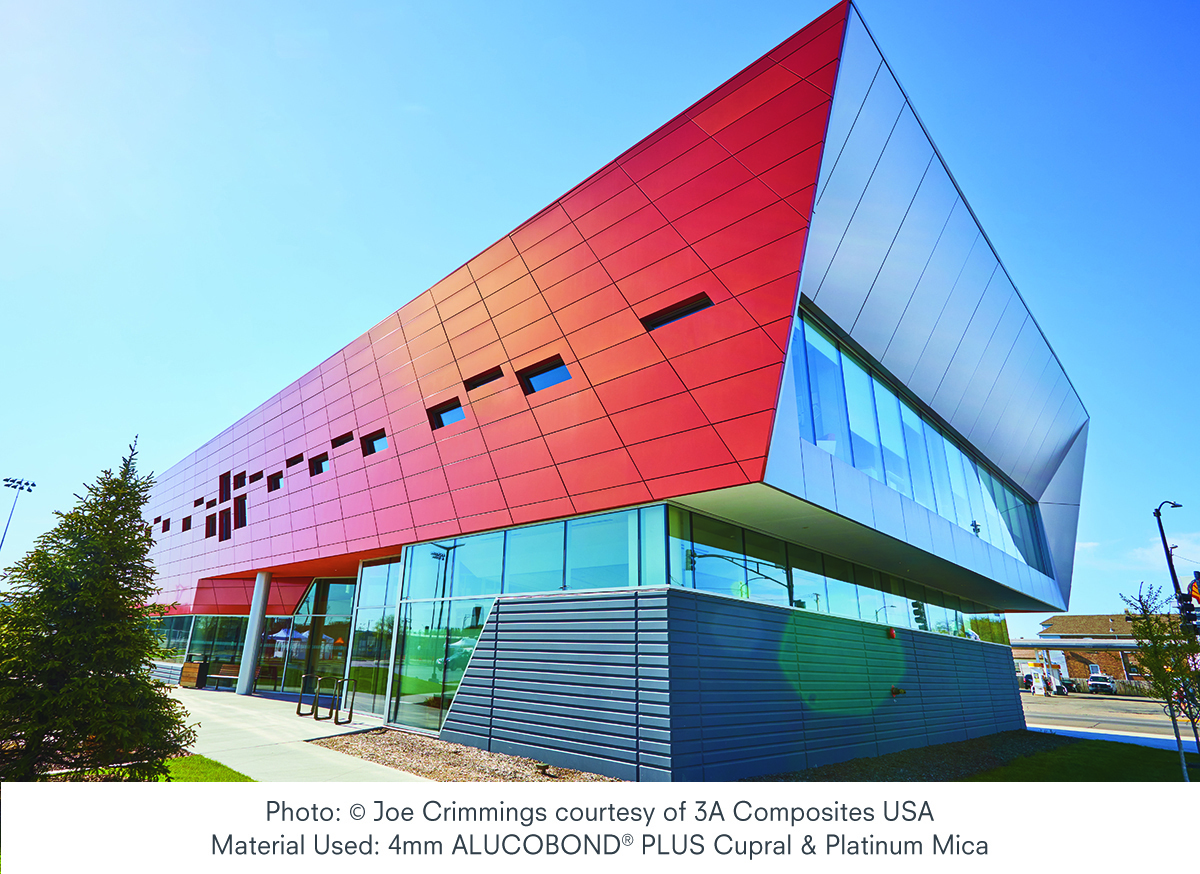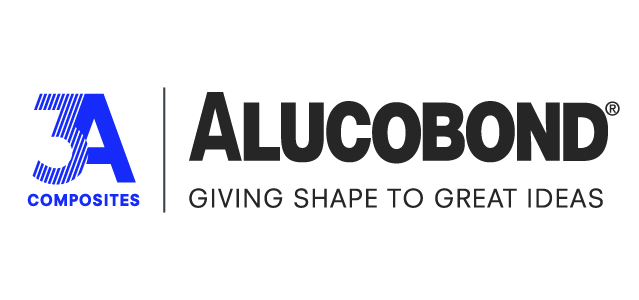NFPA 285 and Metal Composite Materials
Learning Objectives:
- Summarize the history of the NFPA 285 standard and explain its importance, and how it changed in 2019.
- Define the relationship between combustible continuous insulation, weather resistive barriers (WRBs) and NFPA 285.
- Discuss when NFPA 285 applies per IBC code requirements.
- Explain why engineering judgments are an important method for evaluating wall assemblies and how they can simplify the wall component selection process.
Credits:
This course is approved as a Structured Course
This course can be self-reported to the AANB, as per their CE Guidelines
Approved for structured learning
Approved for Core Learning
This course can be self-reported to the NLAA
Course may qualify for Learning Hours with NWTAA
Course eligible for OAA Learning Hours
This course is approved as a core course
This course can be self-reported for Learning Units to the Architectural Institute of British Columbia
The demand for high-performance, durable, aesthetically pleasing and energy-efficient buildings has led to building envelope designs that incorporate combustible materials; such as cladding, insulation, and weather-resistive barriers. Understanding how to meet your clients vision while satisfying sustainability goals and code requirements can be a complex and confusing process. Beginning with the history of NFPA 285, this course presents an overview of the test method and fire code in relation to various building envelope materials, with particular attention given to metal composite materials (MCMs).

The demand for high-performance, durable, aesthetically pleasing and energy-efficient buildings has led to building envelope designs that incorporate combustible materials; such as cladding, insulation, and weather-resitive barriers. Understanding how to meet your clients vision while satisfying sustainability goals and code requirements can be a complex and confusing process. Beginning with the history of NFPA 285, this course presents an overview of the test method and fire code in relation to various building envelope materials, with particular attention given to metal composite materials (MCMs).













